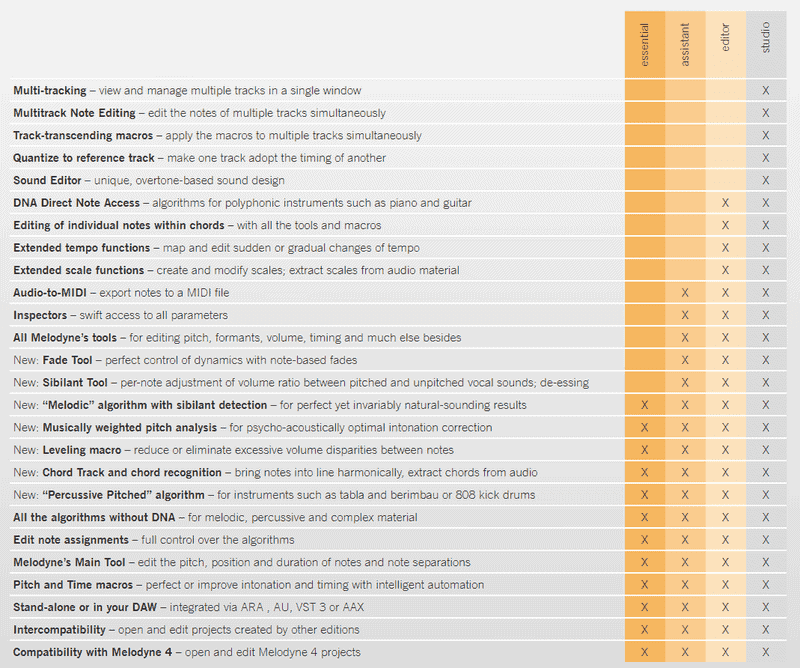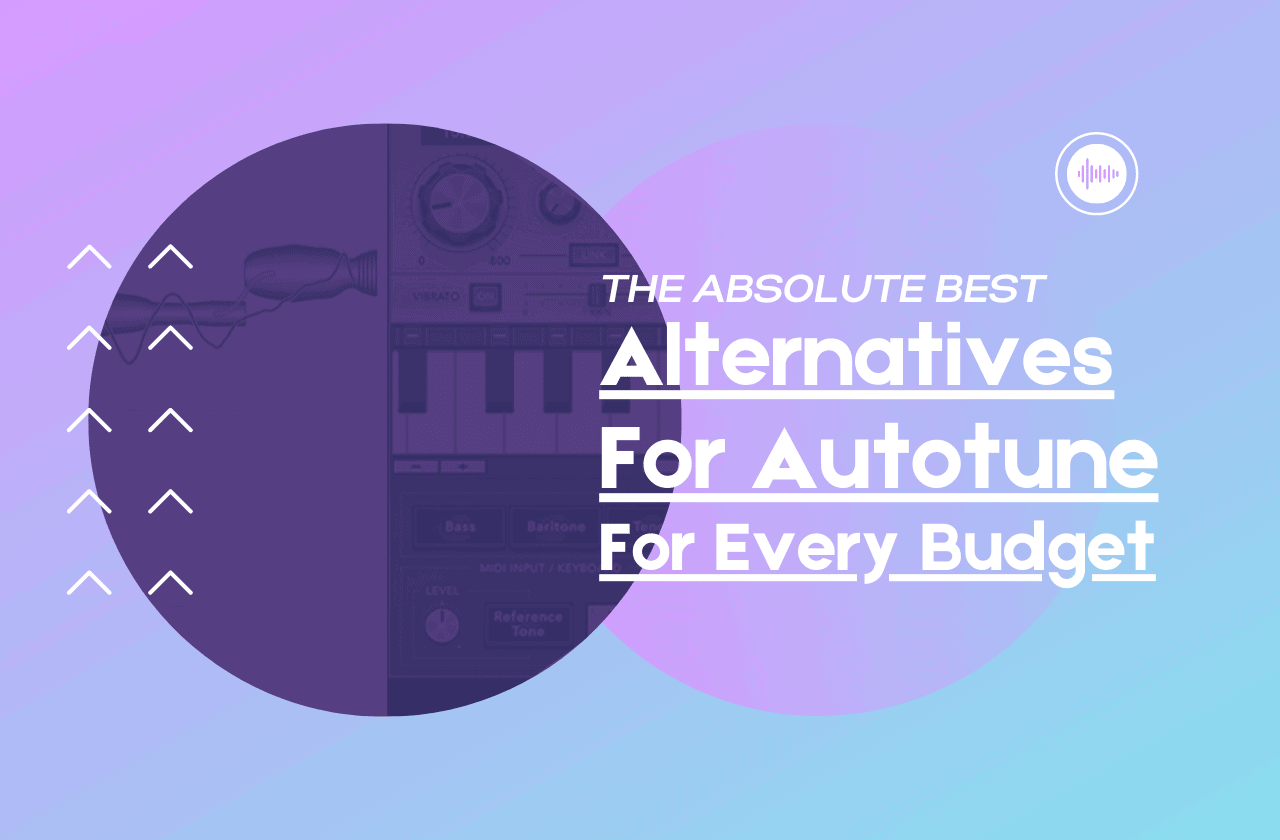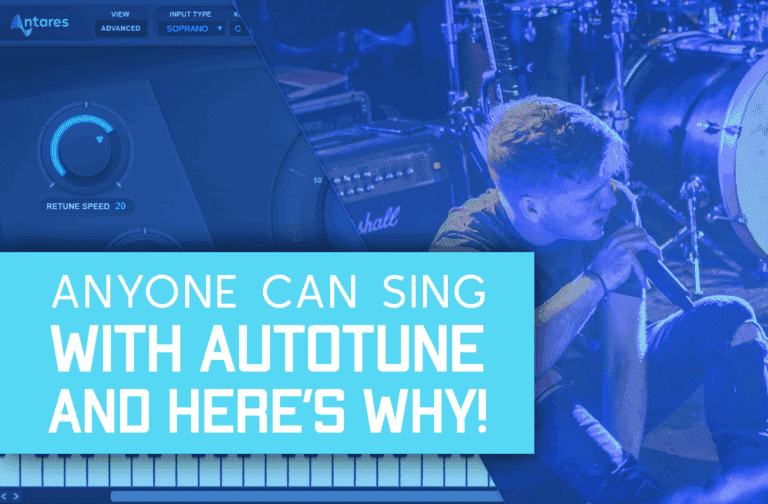Nowadays, AutoTune has become a must-have in any sort of musical project. In fact, it has become so popular and so advanced that even professionals can’t determine which recording was AutoTuned, and which wasn’t.
By far the most popular AutoTune plugin is Antares AutoTune. To be honest, it does a really good job of AutoTuning. However, what if you don’t want to use it? Is there a fair alternative?
In this article, I’ll present each one of the 8 absolute best alternatives to AutoTune while trying to give the best alternative for each type of budget. Including the best free options.
Alternative #1: Waves Tune (99$/249$)
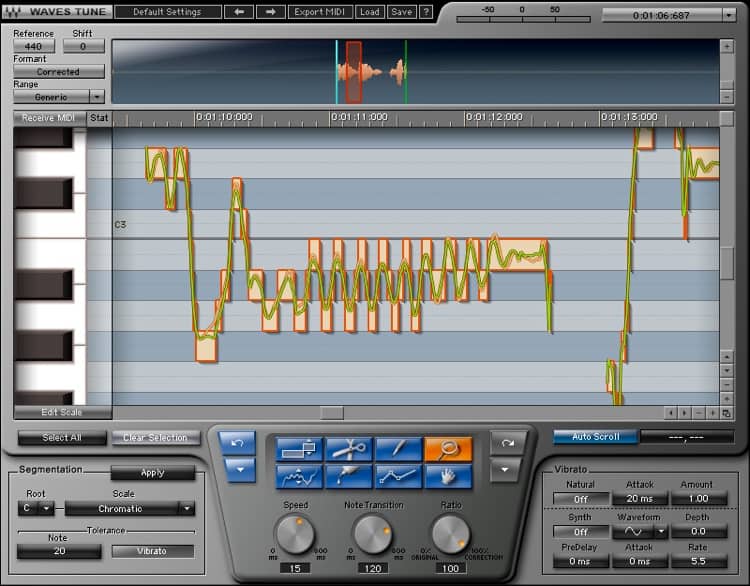
- Correction Type – Manual Correction
- Versions – Tune LT/Tune
- Plugin Type – Third Party
Sound
The sound of Waves Tune is pretty realistic and transparent, which is great for vocals.
It allows you to set the time of each transition so you can choose whether you want to go in a robotic direction or a natural direction. and create synthetic vibrato, which actually sounds really good.
It also allows you to split notes, glue notes, and then process them differently.
Interface
The interface of Waves Tune is incredibly organized and easy to use which makes it well done.
But, it’s a little outdated compared to the other options out there today. So, if you care about the looks of the plugin I wouldn’t have got this plugin.
However, if you just want a plugin that sounds great and realistic, that has a great set of helpful features, and that is budget-friendly, you should definitely get this plugin.
Price (99$/249$)
The price of Waves Tune LT is 99$ and the price of Waves Tune is 249$. However, usually, there are really good discounts that take down the price tremendously.
In my opinion, if you do want to buy this plugin, I would wait until there’s a discount and buy the full version since the LT version is highly limited.
It doesn’t let you create vibrato, split/glue notes, change the tolerance.
Alternative #2: Waves Tune Real-Time (199$)
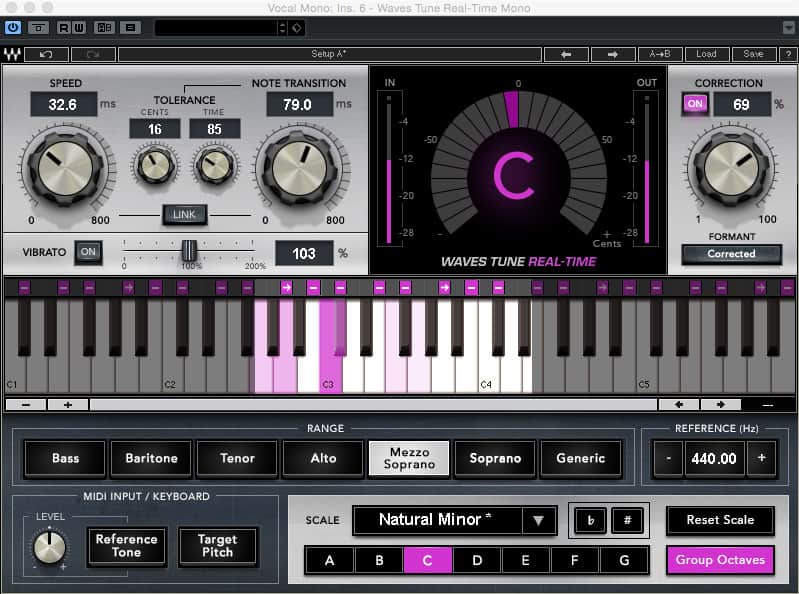
- Correction Type – Auto-Correction
- Versions – Only One Version
- Plugin Type – Third Party
Sound
When I use this plugin I just almost always seem to get amazing results. Mainly because of its amazing algorithms, and widely customizable options.
It actually has an amazing set of customization features that wouldn’t shame a manual-type plugin.
It allows you to change the retune & note transition speed, change the tolerance, create custom vibrato, and change mix percentage so it’s not corrected 100%.
It also allows you to pick several different correction algorithms, based on the range of the singer.
All those features allow you to create basically any sound that you want.
Interface
I LOVE the interface of Waves Tune Real-Time, it has a large square at the top-right that displays the current note just like AutoTune, it allows you to change the retune & note transition speed easily and efficiently, and it has a really convenient scale picker and range picker.
It’s also a lot nicer to look at than its brother Waves Tune.
Overall I give this interface 10/10.
Price (199$)
This price is a bit too expensive in my opinion, but, there are lots of discounts throughout the year that allow you to get it at a much cheaper price. Last Cyber Monday for example it went down to 35.99$.
So, my recommendation is to wait until the price comes down.
Alternative #3: Steinberg’s VariAudio (Daw Included)
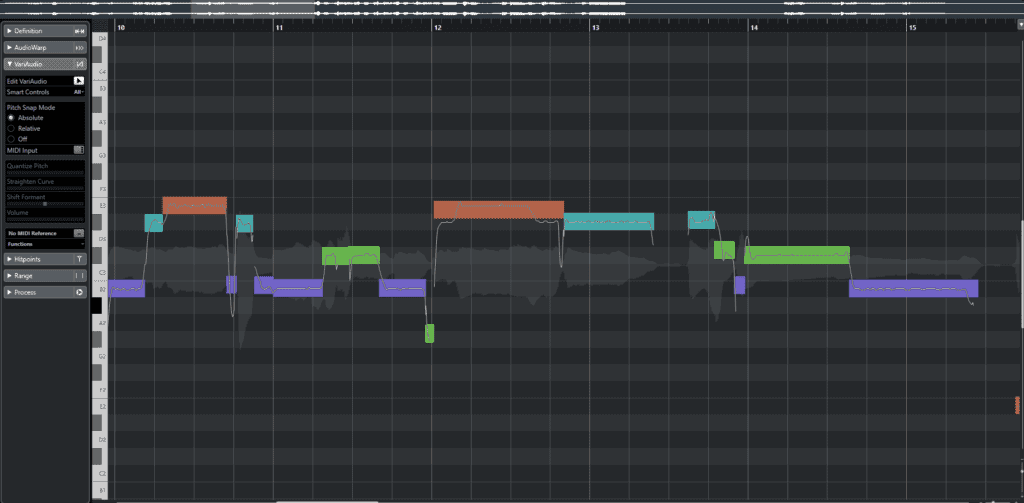
- Correction Type – Manual Correction
- Versions – Only One Version
- Plugin Type – DAW Included (Cubase Artist/Pro)
Sound
Basically, you can use VariAudio to take your vocals in whatever direction you want them to go. However, it’s extremely good at being transparent and preserving the natural sound of the vocals.
It lets you change the tolerance, reduce & boost vibrato, split & glue notes, and change the note transition time. And, it has a super helpful feature that I use all the time which allows you to change the drift of a note.
A drift is basically the pitch of the beginning of the end of a note.
All those things allow you to achieve any sound that you wish for.
However, I mainly use VariAudio when I want things to sound natural. When I want something to sound robotic I use an Auto-Correction type plugin since it’s a lot easier and quicker this way.
Interface
The interface of VariAudio is incredibly comfortable, and organized. Everything is in place, and easy to understand.
There are clear pitch lines that describe each note’s vibrato, glides, and transitions.
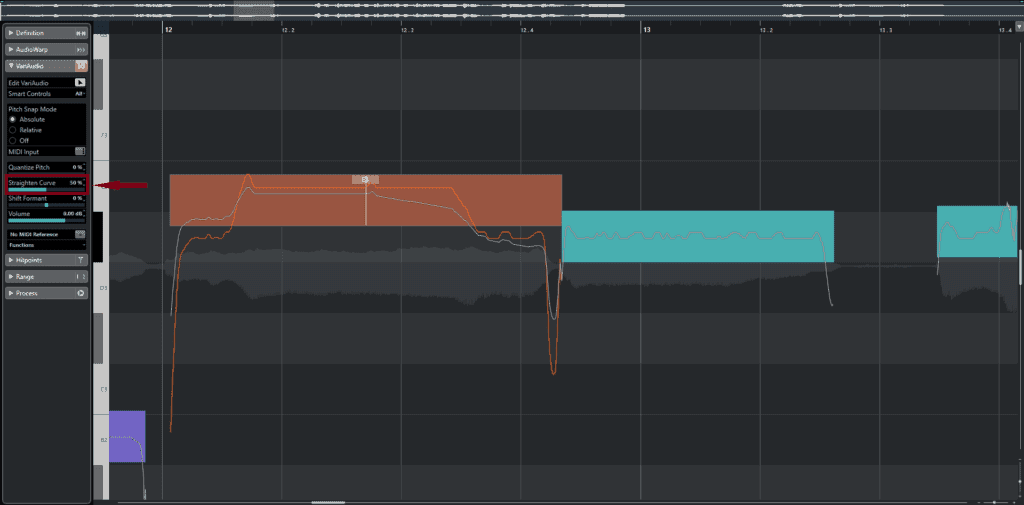
The only thing that bothers me with VariAudio’s interface is that if you click something else in Cubase it gets out of the edit mode, and makes you press the edit button to get into it again.
Price
Technically, there is no price for VariAudio, as you can’t purchase it standalone. It only comes with Cubase Pro. The price of Cubase Artist is 370$ and the price of Cubase Pro is 690$.
I have actually been using Cubase Pro for a long time now, and I find it to be the best at supporting my workflow and giving the easiest and most surrounding work environment overall.
If you already have Cubase, VariAudio is an amazing option for you to use! Take advantage of it.
If you don’t own Cubase yet and are planning on purchasing it, I recommend looking for discounts at Sweetwater, they often have great discounts on Cubase.
Alternative #4: Logic Pro’s Flex Pitch (DAW Included)
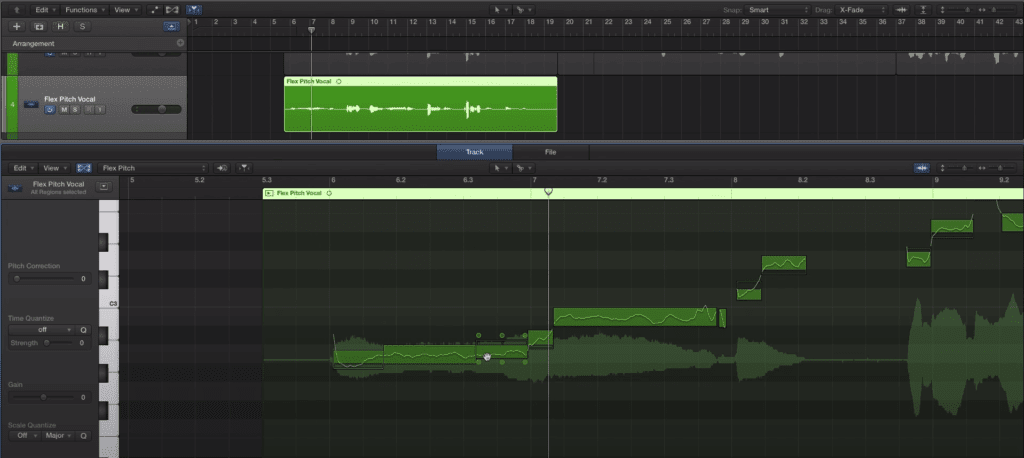
- Correction Type – Manual Correction
- Versions – Only One Version
- Plugin Type – Daw Included
Sound
I’m going to just start by saying that I LOVE Flex Pitch. Somehow it always manages to get me the exact result that I want.
It has all the necessary features that such plugins should have, and it nails every single one of them.
It allows you to split & glue notes, change their gain, change their formant, time-shift notes, and change their drifts which are the pitch form of the beginning of a note and the end of it.
Changing the drift can help you tremendously when it comes to creating smooth transitions, and making things sound natural.
Interface
The interface of Flex Pitch is my second favorite interface after Melodyne as it’s incredibly organized and understandable.
Anyone with basic knowledge of how to use a DAW should be able to use this plugin perfectly without any issues in a matter of seconds.
Plus, the colors are very modern, and nice to look at, which gives a little extra bonus to this plugin.
The only downgrade of this editor’s interface is that it only works inside Logic Pro, which only works on Mac.
Price
This editor comes completely free with Logic Pro which is a great DAW that only costs 199$, so it’s definitely something to look into if you have a Macintosh.
And, if you already have Logic Pro, go ahead and take advantage of this amazing editor.
Alternative #5: MAutoPitch (Free)
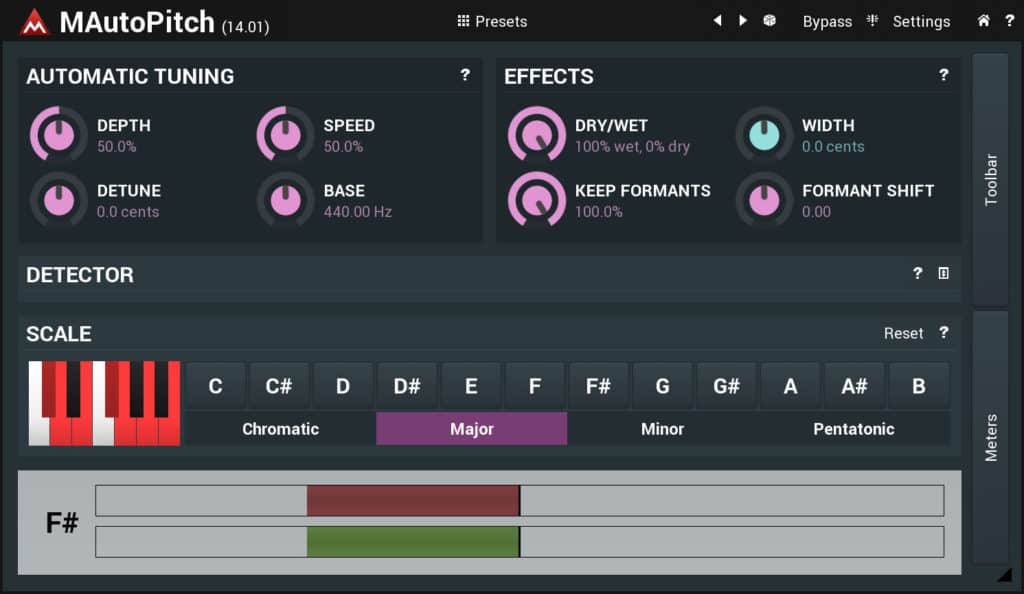
- Correction Type – Auto-Correction
- Versions – Only One Version
- Plugin Type – Third Party
Sound
This plugin is best at AutoTuning vocals at minimum retune speed, making them sound robotic.
There aren’t a lot of customization options, but they’re definitely enough to make robotic-sounding vocals sound good.
It has a retune speed control, detunes control, and depth control that allows you to set the percentage of correctness you want.
But the best feature of this plugin that is also the reason why it’s on this list is that it has a width control that allows you to widen your vocals, and make them sound bigger.
Interface
The interface of this plugin is organized and easy to understand, but to be honest I don’t like the looks of it since it’s a little outdated in my opinion.
However, this really does not matter. In the end, if the interface is easy to use and understand it doesn’t need anything else.
Overall, I give this interface 8/10.
Price
This plugin is absolutely FREE! So, there is no reason not to give it a shot. Check it out at MeldaProduction’s Website.
Alternative #6: Voloco by Resonant Cavity (Free)
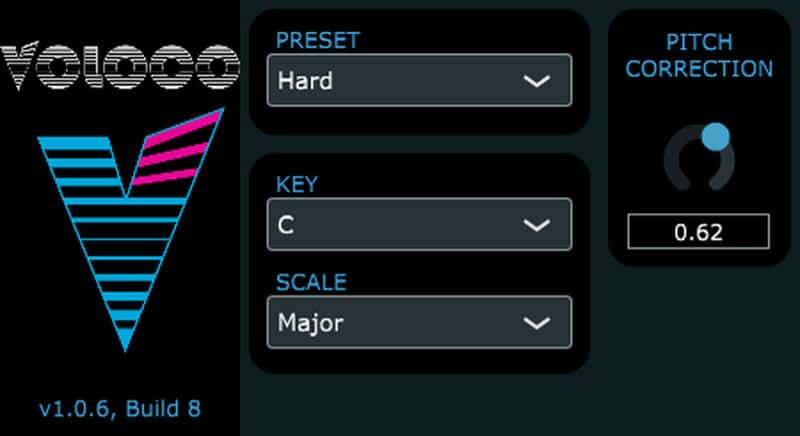
- Correction Type – Auto-Correction
- Versions – Plugin/App
- Plugin Type – Third Party
Sound
This plugin is mainly best at producing a robotic sound that suits Hip Hop, Trap rappers, or singers who want to sound robotic.
It does have options that can sound natural and transparent, but it’s mainly best at producing a minimal note transition time, which makes you sound robotic.
It also doesn’t offer a lot of customization options, however, it does give a preset picker that allows you to pick the style of AutoTune you’d like to use.
But, to be honest, all of the presets sound robotic. So, unless you want to go that direction I wouldn’t use this plugin.
Interface
The interface of this plugin is by far the simplest interface on this list since it only has 4 elements.
To be honest I love the simplicity of the interface. But, I would like it if it had more customization features.
The most special thing about this plugin’s interface though, is that it has an app that you can use on your phone, and that actually works great.
Search for “Vocolo” on App Store/Play Store, and you’ll find it.
Price (Free)
This plugin and the app are absolutely FREE! So, there is no reason not to give them a shot. Check it out on Vocolo’s website.
Alternative #7: FL Studio NewTone (Daw Included/99$)
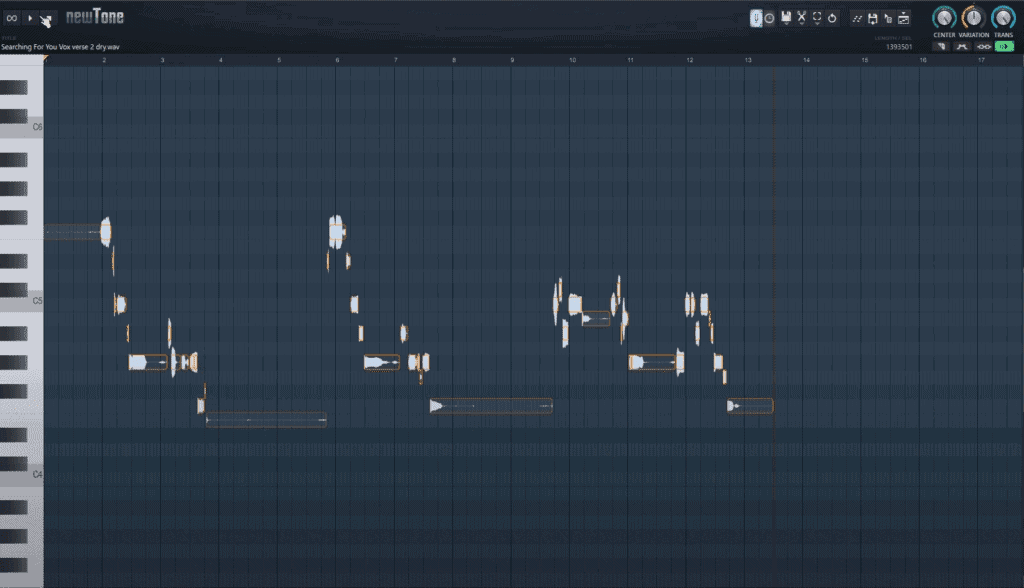
- Correction Type – Auto-Correction
- Versions – Plugin
- Plugin Type – Daw Included
Sound
I was actually really surprised at how transparent NewTone sounded when I first used it. I normally think of FL Studio as more of an electronic/trap music type of DAW, therefore I thought NewTone will sound electronic and robotic as well.
However, it actually sounds really well when you use it correctly.
It has all the necessary editing features such as splitting & gluing notes, reducing & boosting vibrato, changing the note transition time, centering all notes, and much more.
If you use FL Studio, I highly recommend that you check it out cause it sounds amazing.
Interface
Overall the interface of NewTone is organized and easy to work with. All the notes are presented in a way that is clear and pleasant, and the vibrato is also presented nicely.
There are three wheels at the top right of the plugin that helps you set the note transition time (TRANS) and vibrato (VARIATION) and center the notes to the closest note to them (CENTER).
It’s also relatively easy to change the pitch of notes and understand the toolbar.
The only downgrade of this interface is how it handles the vibrato, tilt, and volume settings of each note. It contains those three functions in a way that is a bit messy, and hard to understand.
But, once you get the hang of it (which usually happens pretty fast), you’ll start working really fast with it and get amazing results.
Price (Daw Included/99$)
Since NewTone is a daw included plugin, it comes with the FL Studio Signature version and “All Plugins Included” version with no extra cost.
If you use a different version of FL Studio and want to use NewTone you’ll be able to purchase it here through Image Line’s website for 99$.
That’s an amazing price, in my opinion, considering all of this plugin’s features, super-smart algorithms, and great interface.
Alternative #8 (My Favorite!): Celemony Melodyne (99$/299$/499$/899$)
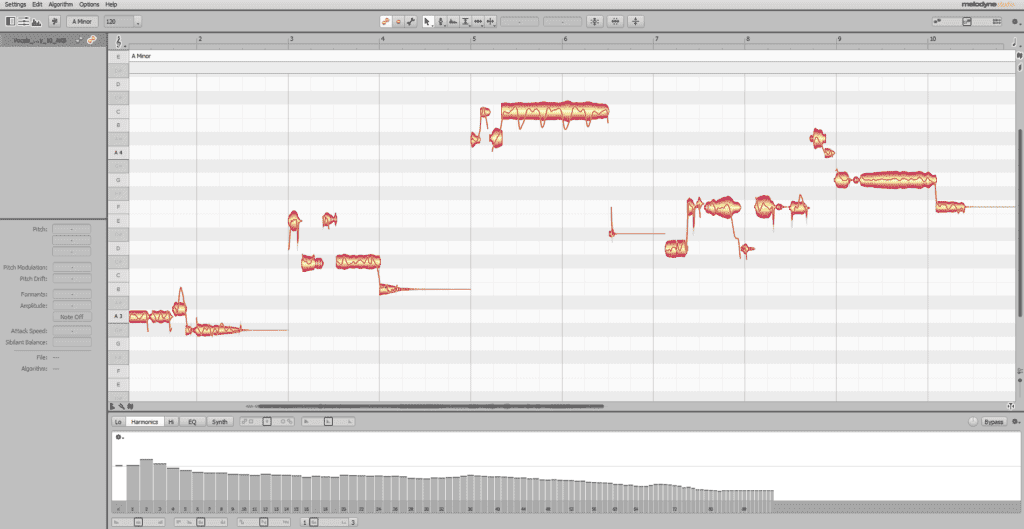
- Correction Type – Manual Correction
- Versions – Essential/Assistant/Editor/Studio
- Plugin Type – Third Party
Sound
The sound you’ll be able to get with Melodyne is by far the most realistic thanks to its incredibly amazing pitch detection & transition algorithms. It allows you to control the speed & curve of note transitions (incredibly useful for vocals) and even analyze and control all the different notes of chords.
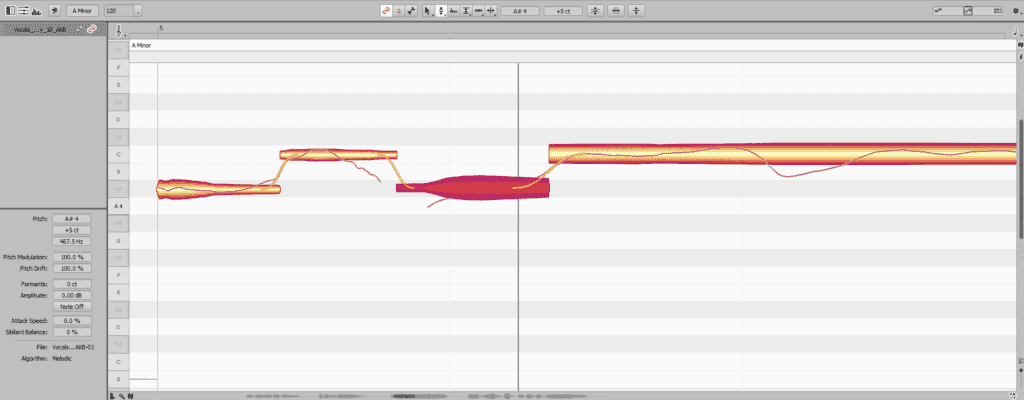
Moreover, it also detects sibilants and keeps their pitch unchanged so they don’t sound shifted.
And, on the Assistant version and above it actually lets you control the sibilant of each note individually which is incredibly powerful as you’ll be able to get a super balanced and pleasant sound easily without any automation.
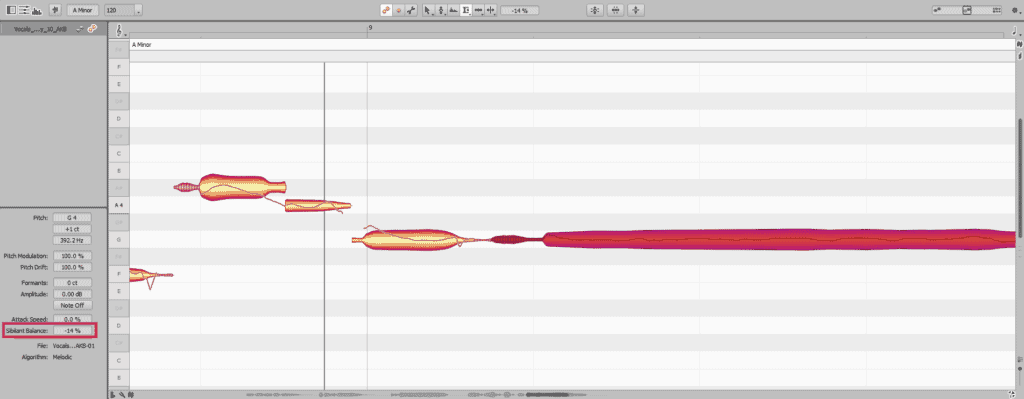
Another amazing feature that Melodyne has is the ability to control each note’s gain. Even though it may sound obvious that such plugins would have this option, there actually aren’t a lot of plugins that have this feature.
Interface
The interface of Melodyne is for sure my favorite of all the other plugins on this list. It’s incredibly organized and easy to use, and let’s face it, it looks amazing.
My favorite thing about the interface is how simple it is to integrate with your DAW now.
Since Melodyne V4.2 Celemony has added a new integration feature called ARA that allows you to integrate Melodyne with any audio part of your DAW in a matter of seconds, and in a way that still allows you to use various other editing options of your DAW on this audio part.
Price
The most basic “Essential” version costs 99$, the “Assistant” version costs 299$, the “Editor” version costs 499$, and the “Studio” version costs 899$.
However, it truly does give you a complete audio editing pack. So, in my opinion, it’s worth the price.
And, sometimes there are 50% discounts on Plugin Boutique’s website that truly allow you to get it at an amazing price.
Plus, in my opinion, most people will find the “Editor” version more than enough as it allows you to use all the necessary pitch editing features for vocals. The only things that I would actually miss in the “Editor” version are the sibilant control option, and the chords editing feature.
Here’s a table of all the versions’ features compared –
